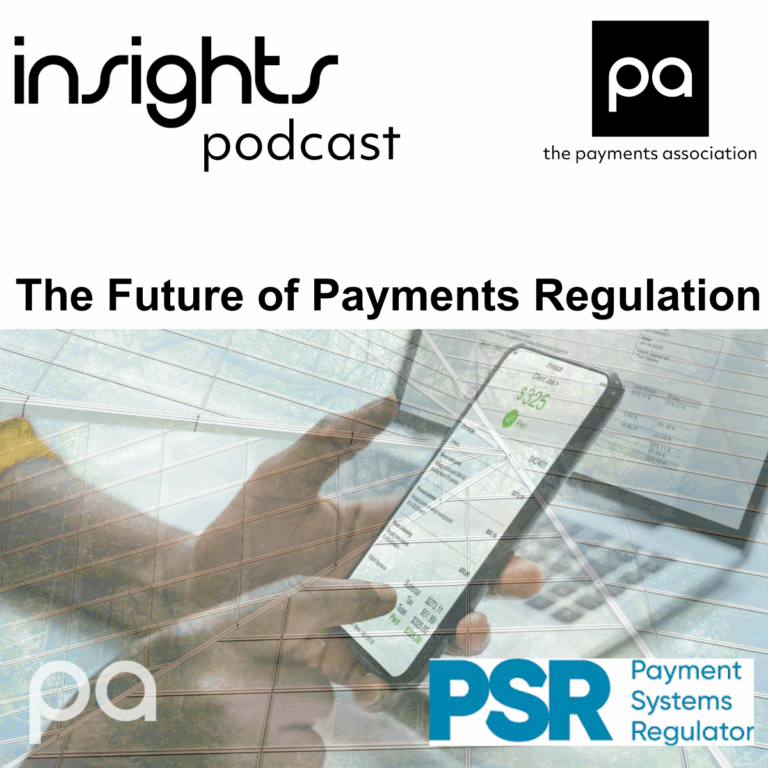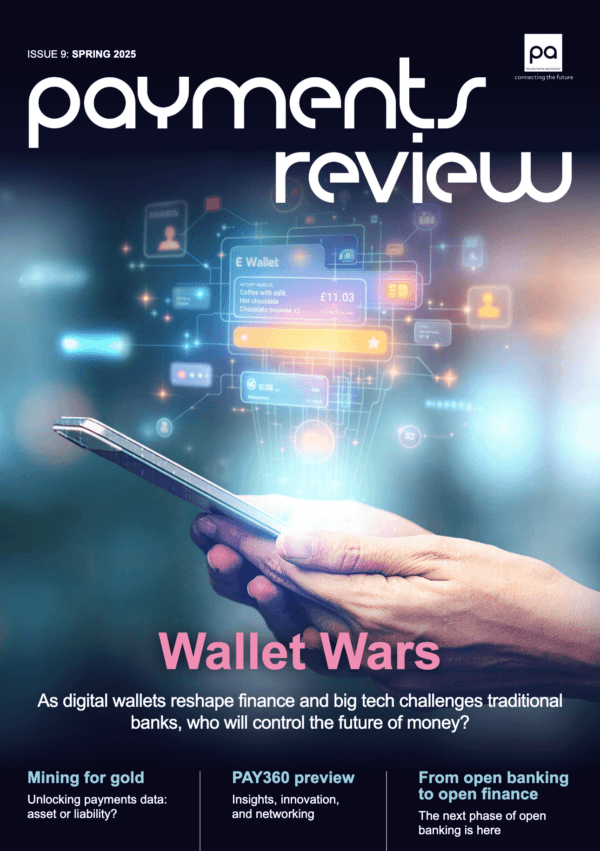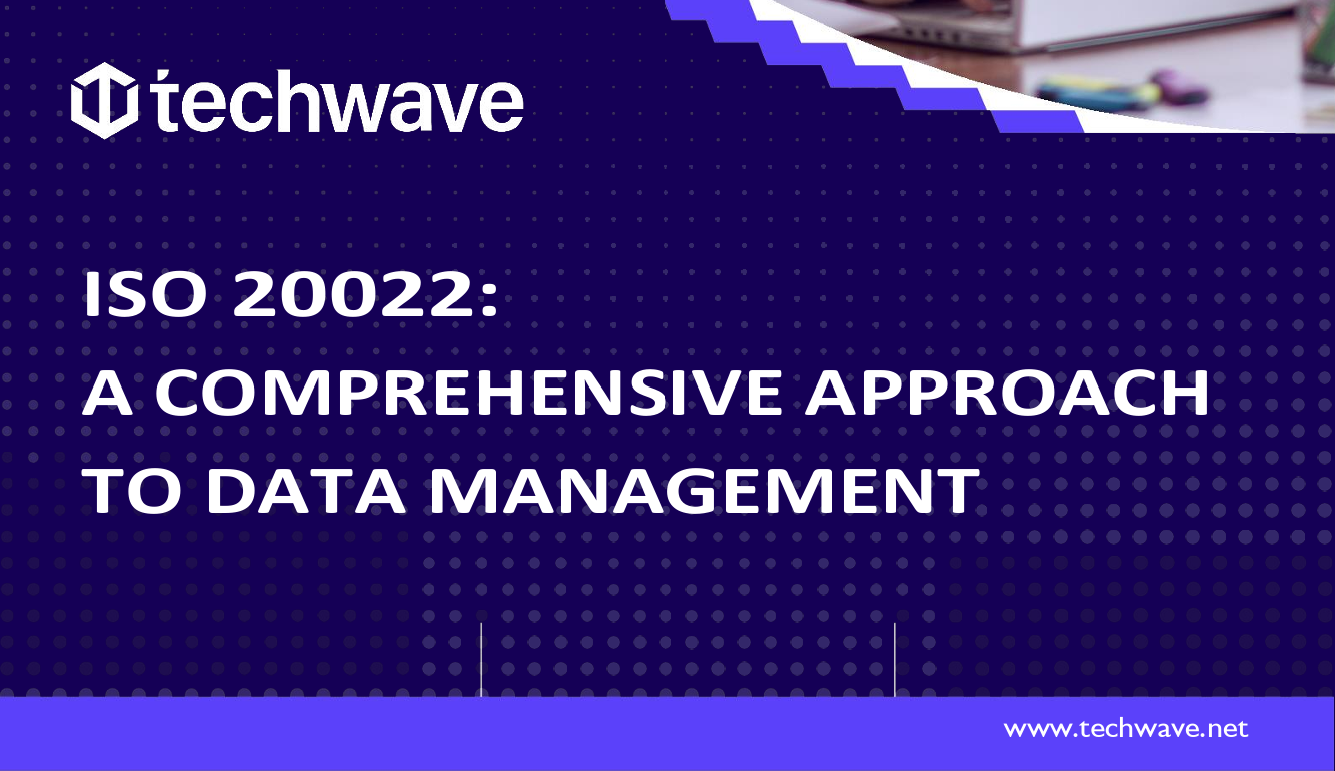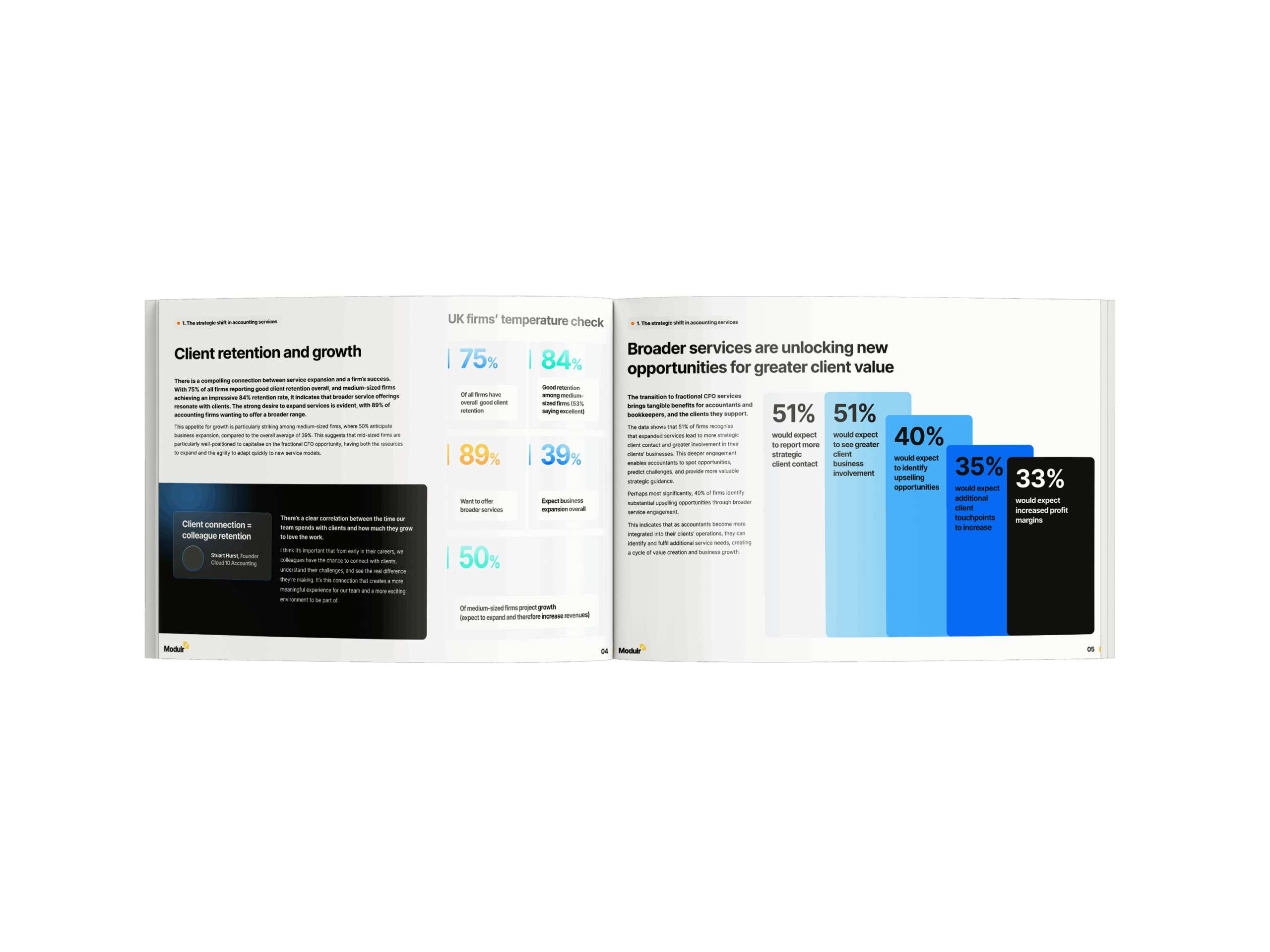Imagine knowing exactly why customers abandon their shopping carts or predicting fraud before it happens. Data in payments holds that power, but only for those who know how to use it. In today’s digital economy, data isn’t just a byproduct of transactions; it is a goldmine of insights waiting to be unearthed. Yet, most payments firms are still stuck in passive data collection, missing out on the strategic intelligence that drives growth and innovation. The real question is: Will they learn to mine this gold, or drown in a sea of unstructured information?
AI and advanced analytics are transforming raw data into actionable intelligence. Payments firms now have unprecedented opportunities to use data more strategically, from optimising fraud detection to personalising customer interactions. But these opportunities come with challenges. Data silos, regulatory compliance, and the need for robust governance continue to hinder growth. Firms that navigate these challenges effectively will lead the industry.
According to Jonathan Vaux, head of propositions & partnerships at Thredd, one of the most common pitfalls is treating data collection as the end goal rather than extracting actionable insights. He explains that many companies collect vast amounts of data but struggle to make it work together. When fraud detection, compliance, and operations use separate systems, blind spots and inefficiencies arise. This is more than an inconvenience; it is a risk. Failing to meet regulatory requirements can result in costly penalties. Moreover, poor data quality can weaken AI insights, leading to inaccurate fraud detection or biased risk models that unfairly impact certain customers. He adds: “Some companies still rely on outdated batch processing, missing the opportunity to leverage real-time analytics for immediate fraud prevention and optimised transaction approvals.”
From records to revenue: Data’s new role in payments
The role of data in payments has evolved dramatically over the past decade. Traditionally, payments data was primarily used for basic record-keeping and fraud prevention. However, with the rapid digitisation of financial services, firms can access vast volumes of transactional and behavioural data, providing deeper insights into customer habits, risk patterns, and operational efficiencies.
Sudeepta Das, director at Cohesive Architecture, explains that data in the payments industry was once focused on ensuring speed of clearing, accuracy for settlement and reconciliation, and maintaining compliance. However, he notes that this traditional role has transformed significantly. “With advancements in AI, real-time analytics, and regulatory demands, data has become a strategic asset for innovation and risk management,” says Das.
Stephen Bowe, chief product officer at Paymentology, adds: “Data has evolved from simply moving value from A to B to becoming a strategic asset that maximises efficiency, optimises financial health, and enhances customer experiences. It now drives financial outcomes by helping consumers pay less, get better returns, and understand money flows for improved financial management.”
Open banking, real-time payments, and embedded finance have accelerated the demand for datadriven decision-making. To meet this demand, firms must centralise and make data usable. Paydock’s Technical Solutions Consultant, Sham Visavadia, explains that data’s real power lies in its centralisation and usability, driving smarter payment strategies. “It is not just about collecting data but making it accessible and actionable,” he says. When businesses can visualise and interpret payments data effectively, they can run A/B tests to refine payment flows, improve cart conversion rates, and boost approval rates by leveraging insights across multiple acquirers or payment types. Visavadia adds: “By simplifying and centralising data, businesses gain the agility to make faster, smarter decisions—optimising outcomes and delivering a better customer experience.”
Despite the potential, many payments firms struggle with data silos, inconsistent quality, and underutilised analytics. A structured data framework is the key to overcoming these barriers.
Crafting a data strategy that works
A well-defined data strategy enhances operational efficiency and drives smarter decision-making. By connecting data silos, ensuring quality, and integrating AI-driven insights, firms can transform raw data into strategic intelligence. The result? Smarter risk management, stronger customer engagement, and sustainable business growth. However, achieving this requires more than just accumulating vast amounts of data. It demands a straightforward approach to data governance, integration, and analytics.
There are several key components of an effective data strategy:
- Data governance and quality
- Integration and infrastructure
- Analytics and AI-driven insights
- Operational implementation.
Bowe adds: “A robust data strategy systematically manages, collects, and creates value-driven insights while ensuring ethical governance and security. Innovations such as tokenisation form an integral part of data strategy in payments, further minimising risk by not only protecting data but removing its importance altogether, eliminating its value to unauthorised users and unlocking deeper insights for sustainable growth.”
Collecting data is just the first step; extracting actionable insights adds real value. AI and machine learning enable effective analysis of large datasets for fraud patterns. Predictive analytics can anticipate chargeback risks or detect anomalies before they threaten operations.
ComplyAdvantage’s Global Regulatory Affairs Lead, Iain Armstrong, shares this view: “Strong data governance and data quality management are super-important in a heavily regulated environment. I can’t stress enough the importance of clear ownership and accountability frameworks: you will save yourself from a world of future pain if you can get clear on who in your company is responsible for a given piece of data and how they intend to champion the process of keeping it up to date, maintaining the quality and so on.”
Armstrong believes ownership is most effective when it sits with the first line of defence. He adds: “Handing ownership to a second line function is ultimately a cop-out that will inevitably create an accountability sink.”
Data strategies should not operate in isolation; they must be integrated into daily business operations. Teams need the right tools and training to use data effectively through real-time dashboards for fraud detection or automated compliance reporting to ensure insights lead to informed business decisions. But can this framework truly unlock data’s full potential?
Turning data into strategic intelligence
Previously, leveraging data captured through operations presented a cumbersome task for payments firms. However, AI has transformed this by shifting from static reporting to real-time and predictive analytics that enhance decision-making and operational efficiency. The key AI applications in payments data include its work in helping to streamline fraud detection, customer behaviour analysis, and the automation of processes, all of which were previously incredibly manual tasks.
Armstrong believes there has never been a better time to think about how firms align their data strategy to their AI strategy: “We are all going to be using AI a lot more in the coming years, so payment firms should now consider how best to manage the data that will be used to feed into AI models. This includes training sets as well as day-to-day processing.”
Arguably, AI’s most impactful use in payments is its role in fraud prevention; traditional rule-based fraud detection systems often struggle to keep up with evolving threats. AI-powered models, however, continuously learn from transaction patterns, identifying anomalies in real-time and reducing false positives. According to Kate Gallaher, global VP of business development at WillowTree, a TELUS company, payment data has evolved from merely facilitating transactions to playing a pivotal role in value creation. This transformation is driven by the ability to generate meaningful consumer insights, enabling more personalised experiences and enhancing financial growth. Gallaher explains: “We see value creation through enhancing advanced threat detection and fraud prevention, accelerating realtime payment processing and decision making, and fostering further innovation in contactless payments, digital wallets, and other alternative payments.”
Machine learning algorithms complement this shift by detecting suspicious activities, such as unusual transaction volumes or changes in spending behaviour, before they escalate into major security breaches.
It also helps streamline processes such as reconciliation and dispute resolution. Robotic process automation (RPA) can handle repetitive tasks such as chargeback processing, KYC (know your customer) verification, and compliance reporting, freeing human resources. AI also enhances payment routing, processing transactions through the most cost-effective and efficient channels.
Now, thanks to AI-powered predictive analytics, payments firms can manage forecast demand, optimise pricing strategies and anticipate potential fluctuations in revenue effortlessly. This helps businesses identify new market opportunities while also detecting seasonal patterns and refining their product offerings in a more streamlined manner, saving hours of labour.
The real question isn’t just about building a data strategy. Instead, it is about who builds it first and best. In the payments industry, this could mean the difference between leading the market or being left behind in the payments industry. As AI evolves, firms that master data governance, predictive analytics, and strategic integration won’t just survive— they’ll redefine the rules of finance.
In the race for data-driven intelligence, the winners won’t just be the most innovative—they’ll be the most responsible. Who will lead the way—and who will be left behind?




























